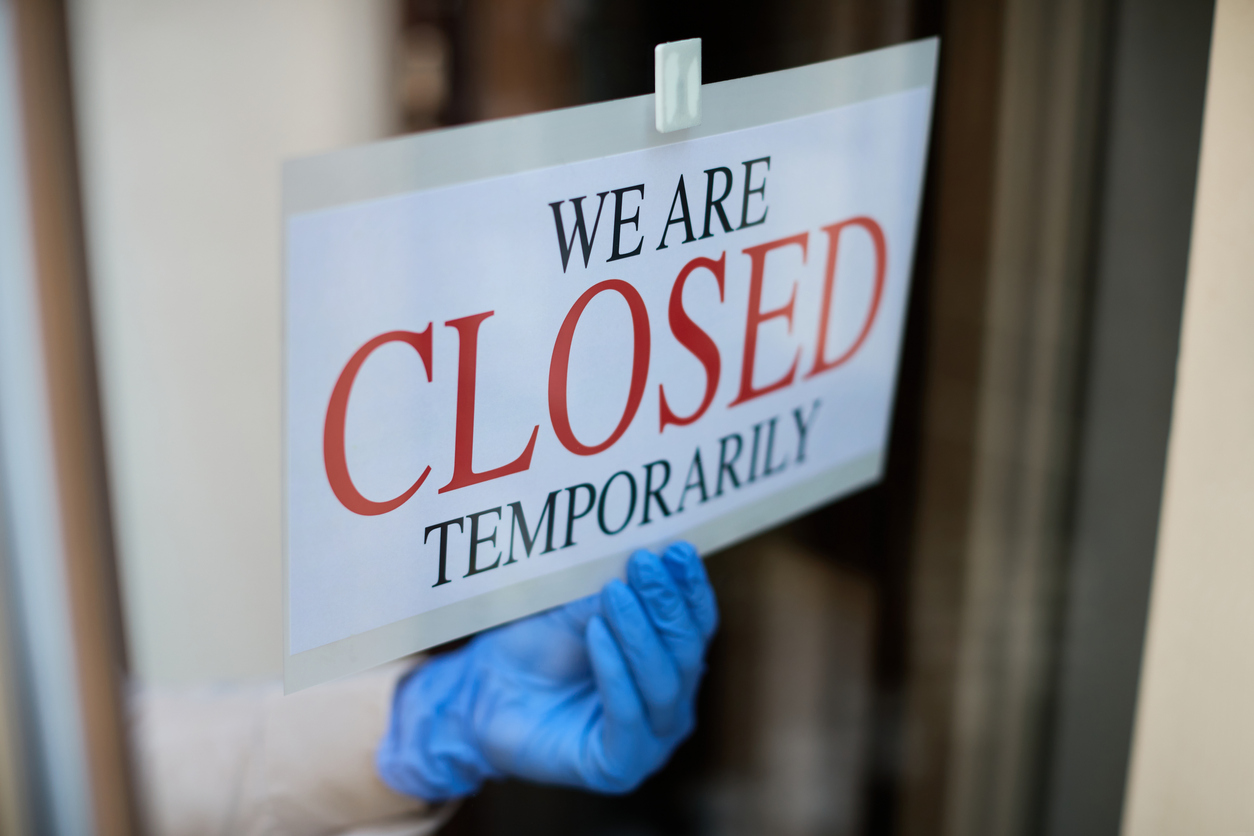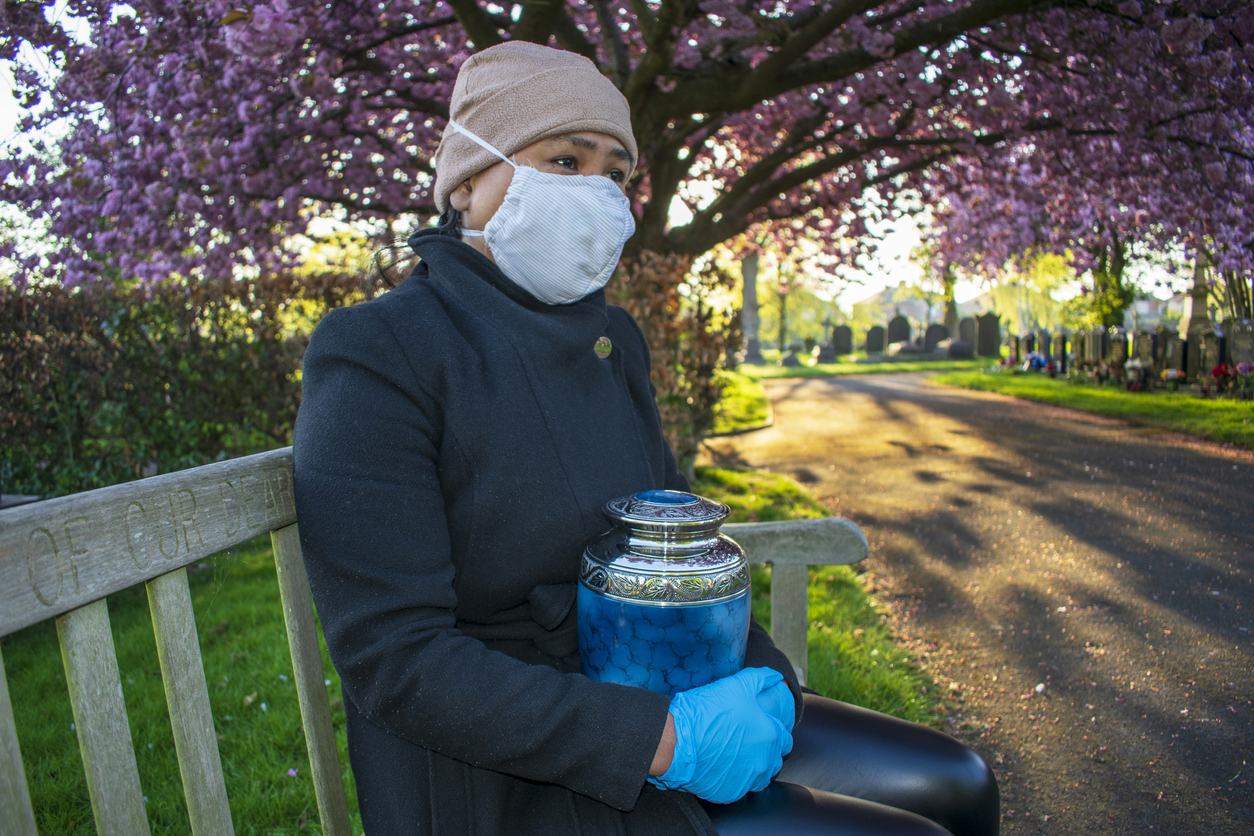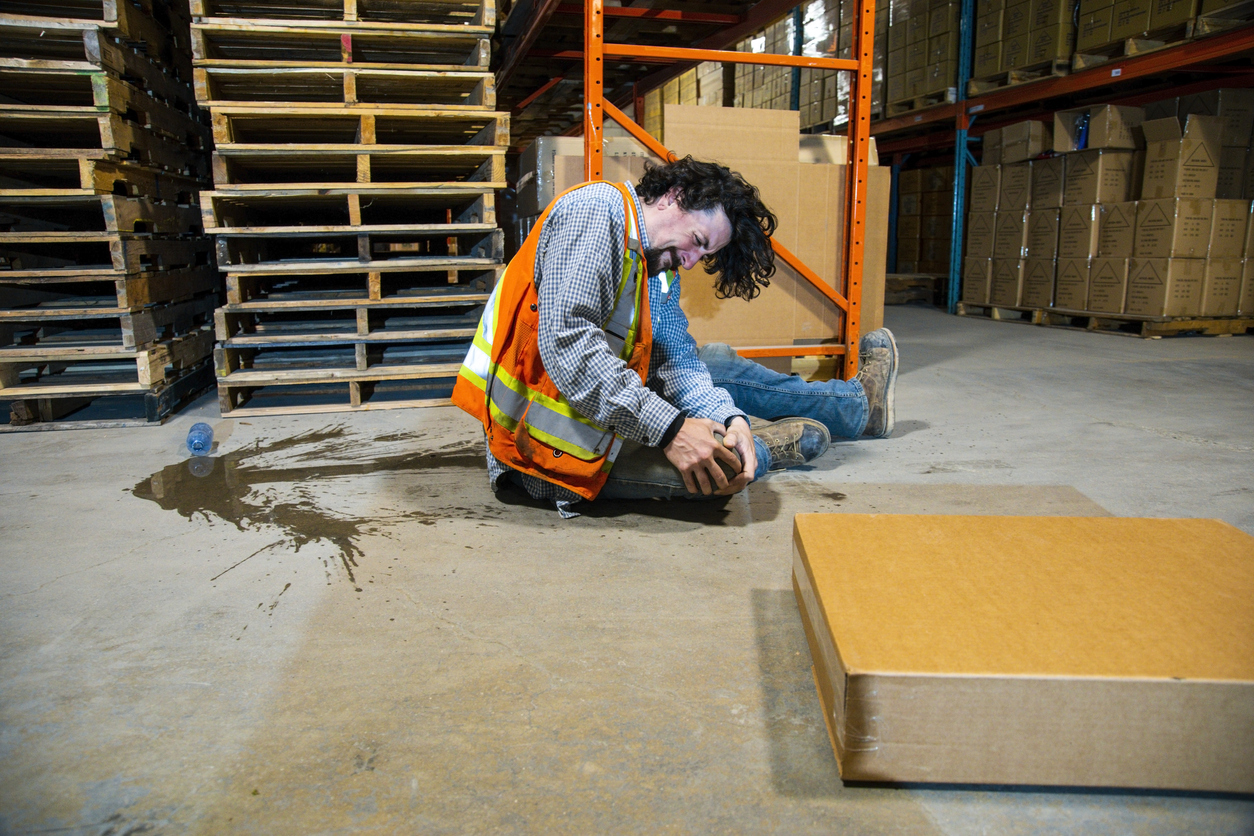
What You Need to Know as Businesses Reopen During The COVID-19 Pandemic
Both employers and workers face new challenges due to the coronavirus pandemic. Businesses now have additional obligations to
Oct 16, 2020 Read More
Workers’ Compensation For Essential Workers Who Contract COVID-19 In New Jersey
The COVID-19 pandemic has had a major impact on the American workforce. First responders, health care providers, and
Sep 29, 2020 Read More
Who Is at Fault for Wrongful Death Caused By COVID-19 Infection in A Public Place?
Hundreds of thousands of people around the world have lost loved ones to COVID-19. Although some of these
Sep 15, 2020 Read More
If You Get COVID-19 And Are Laid Off During The Pandemic
Due to the COVID-19 pandemic, many employers in New Jersey have laid off hundreds of employees. Although business
Aug 25, 2020 Read More
If A Loved One Is Lost To COVID-19 At Work
Millions of workers have put their lives on the line during the COVID-19 pandemic. Unfortunately, many have become
Aug 15, 2020 Read More
Distracted Driving Accidents In New Jersey Are All Too Common
Although most drivers have the best of intentions when they get behind the wheel, it’s easy to become
Jul 28, 2020 Read More
Why Understanding Workers’ Compensation Is Beneficial
As a worker in New Jersey, knowing your rights under workers’ compensation law is critical to protecting your
Jun 22, 2020 Read More
Common Injuries Associated With Pedestrian Accidents
Whether a pedestrian is out walking, jogging, or sitting on a bench waiting for the bus, they can
Jun 17, 2020 Read More
Seeking Compensation Under Premises Liability Law In New Jersey
Accidents can happen anywhere, but when someone is injured due to the negligence of a property owner or
Apr 21, 2020 Read More
How Do You Determine Who’s At Fault In A Motorcycle Accident?
One of the most critical elements of any personal injury case is determining who’s at fault. If you
Apr 07, 2020 Read More
Workers’ Compensation And COVID-19 (Coronavirus)
Our workers’ comp attorneys at Krivitzky, Springer & Feldman understand that we are living in trying times due
Mar 27, 2020 Read More
COVID-19 Info
We at Krivitzky, Springer, and Feldman hope that you and your family stay safe and healthy in these
Mar 23, 2020 Read More
Is Your Worker’s Compensation Not Enough
What Can You Do When Workers’ Compensation Isn’t Enough? Workers’ compensation can make it easier to get by
Mar 17, 2020 Read More
If You Are Injured as a Warehouse Worker
Working in a warehouse carries a high risk of injury. Workers often must lift large items, move cumbersome
Mar 03, 2020 Read More
When Investigation is Needed for Dog Attacks
Dog Bites: When Further Investigation is Needed Dogs and other pets bring a lot of joy to people’s
Feb 18, 2020 Read More
Professional Drivers Vs. Rideshares: Liability In Taxi & Uber Accidents
Millions of people use taxis, limousines, Lyft and Uber to get around every day. At Krivitzky, Springer &
Jan 30, 2020 Read More
Carpal Tunnel Compensation In New Jersey
Workers’ Compensation for Carpal Tunnel Syndrome As more workers type and use a mouse for their jobs, repetitive
Jan 21, 2020 Read More
Chemical Workplace Safety
Chemical Exposure & Workplace Safety Although many chemicals are necessary to create products we use every day, they
Jan 07, 2020 Read More
Hearing Loss In The Workplace
Are You Protected? Occupational hearing loss is a serious problem that affects millions of workers around the globe.
Dec 24, 2019 Read More
Workers’ Compensation For Pre-Existing Conditions
Does Workers’ Compensation Cover Pre-Existing Conditions That Are Exacerbated On The Job? When a worker is hurt on
Dec 10, 2019 Read More


